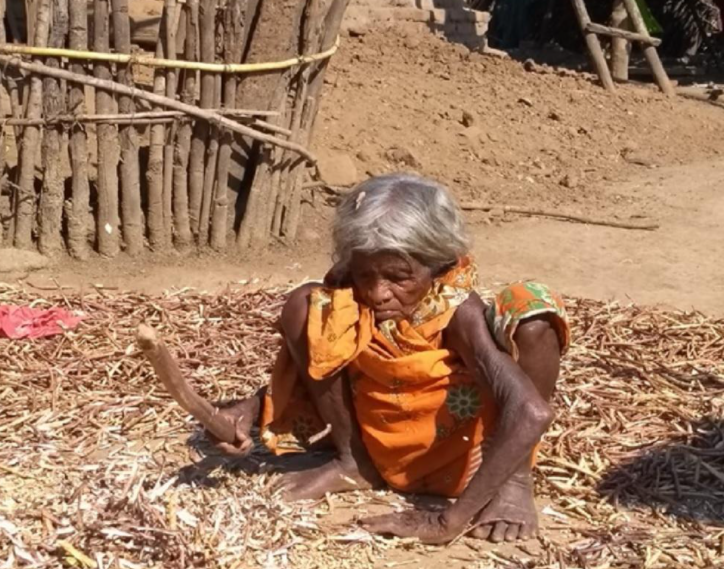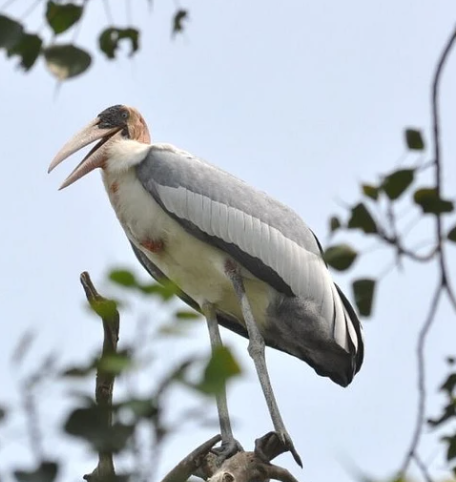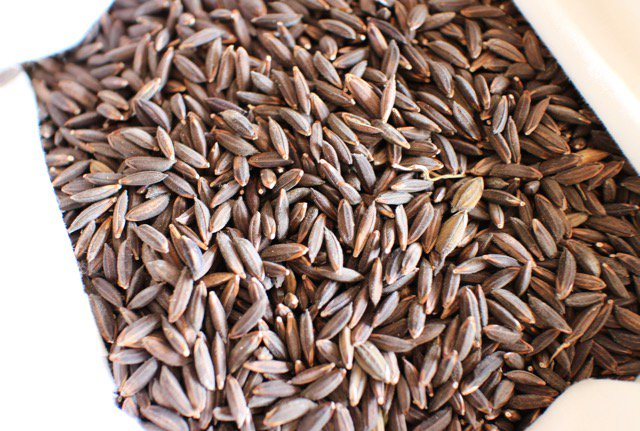Facts in News
|
Kalahandi’s Kutia Kondhs
|
- Particularly Vulnerable Tribal Groups (PVTG) in Kalahandi district, Odisha.
- They have limited interactions with people outside their tribe or the government.
- Kondhs worship nature and protect forests and wildlife that surround their houses.
- Despite living in abject poverty and depending on natural resources for survival, the Kondhs do not use wood from the forests for fuel and also prevent illegal trees.
- Other development challenges faced by Kondhs are:
- Intergenerational Poverty and Hunger.
- Lack of access to basic services like schools, health, nutrition, employment, land ownership.
- Low agricultural production, lack of institutional credit and access to non-timber forest produce (NTFP).

- Shifting Agriculture is called dongar chaas or podu chaas by Khonds.
-
- Major crops cultivated: Minor millets like Ragi (finger millet), Kosala, Kangu with Arhar as an intercrop.
- People migrate between July-August and November-December due to food scarcity to work in Brick Kilns.
About PVTG
- The Government of India follows the following criteria for identification of PVTGs.
- Pre-agricultural level of technology
- Low level of literacy
- Economic backwardness
- A declining or stagnant population.
- 75 PTVGs out of 705 Scheduled Tribes have been identified in the country spread over 17 states and one UT (Census 2011).
|
Mandovi River
|
- Mahadayi or Mahadei river is a westward flowing river emerging from Bhimgad Wildlife Sanctuary in Western Ghats, Karnataka.
- It flows from Karnataka to Goa and merges in Arabian Sea.
- Multiple streams (specially Zuari River) join Mahadayi to make Mandovi River.
- Dispute over Mahadayi river began in the 80s due to attempts of Karnataka to subvert water of Mahadayi to Malaprabha River basin through a number of dams, canals and barrages.
- Kalasa-Banduri Nala Project was proposed by Karnataka in 1989 to improve drinking water supply to the three districts of Belagavi, Dharwad, and Gadag.
- Goa objected to it.
- Goa also approached the Supreme Court in 2006 with over expected destruction of the Mangrove and Western Ghat Ecosystem.
- On Goa’s request Mahadayi Water Disputes Tribunal was set up in 2010.

Source: SANDRP
|
Adjutant Stork
|

- Once found across South and Southeast Asia, the Greater Adjutant is one of the most threatened stork species in the world
- Locally known as Garuda in Bihar, Adjutant Stork helps farmers by killing rats and other farm pests.
- IUCN Status: Endangered
- Listed under Schedule IV of the Indian Wildlife (Protection) Act, 1972.
- Only three known breeding grounds are there.
- One in Cambodia
- Two in India
- Assam
- Kadwa Diara, Bihar.
- The English name of the stork, which has a large wedge-shaped bill and a prominent neck pouch, is derived from its stiff soldier-like gait.
- Estimated Global Population of Greater Adjutant Storks (around 800- 1,200) has fallen over the years largely due to ingestion of plastic.
- A research paper presented in February 2020 by Arvind Mishra of the Mandar Nature Club (Bhagalpur) at the Convention on Conservation of Migratory Species, Conference of Parties (CMS COP 13), in Gandhinagar credited the work of local community conservation groups for turn around in population of the Adjutant Stork.
|
Silver Antimony Telluride (AgSbTe2)
|
- Scientists at Jawaharlal Nehru Centre for Advanced Scientific Research (JNCASR), Bengaluru, have developed a new lead-free material called Silver Antimony Telluride (AgSbTe2).
- It is introduced with Cadmium to develop the material for thermoelectric energy Conversion
- Thermoelectric energy conversion allows the generation of electrical voltage when one end of the material is heated while keeping the other side cold.
Silver Antimony Telluride (AgSbTe2)
- It is a crystalline material with low thermal conductivity and higher thermoelectric efficiency than lead telluride.
- Silver-antimony-telluride (AgSbTe2) based compounds have emerged as a promising class of materials for thermoelectric (TE) power generation at the mid-temperature range.
- Relevance – It can efficiently allow the recovery of electricity from waste heat.
- The heat from the laptop, for example, can be used to charge a mobile phone. Or, that from the phone can be used to charge a small watch.
|
Kalanamak Rice
|
- Kalanamak is traditionally grown using no fertiliser, herbicide and pesticide, which makes it suitable for organic cultivation.
- It’s a successful adapter to usar soils characterised by higher salt concentration and high Ph.
- It is also highly resistant to notorious common rice diseases such as panicle blast, stem rot and brown spot.
- It is drought tolerant and normally grown under rain-fed conditions.
- The water requirement is quite low as compared to basmati.
- It is grown in the Tarai belt of Uttar Pradesh bordering Nepal, which comprises districts of Siddharthnagar, Sant Kabir Nagar, Maharajganj, Basti, Gonda and Gorakhpur.
- It is also known as ‘Buddha ka Mahaprasad’ (an offering to Lord Buddha) .
- It has been rebranded as ‘Buddha Rice‘, presenting it as an offering made to the Buddhist monks, in order to promote it in Buddhist countries.
- In order to promote the production, processing, packaging, and branding of Kala Namak Rice, the UP Government has declared it as the One District One Product (ODOP) of Siddharth Nagar whereas the Central Government has announced it as the ODOP of Basti, Gorakhpur, Maharajganj and Sant Kabir Nagar as well.

|
Defence Acquisition Council (DAC)
|
- It was formed, after the Group of Minister’s recommendations on ‘Reforming the National Security System’, in 2001, post-Kargil War (1999).
- It works under the Ministry of Defence and was constituted for overall guidance of the defence procurement planning process.
- It has the Defence Minister as chairperson and 10 other members.
- Its objectives are ensuring expeditious procurement of the approved requirements of the Armed Forces in terms of capabilities sought, and time frame prescribed, by optimally utilizing the allocated budgetary resources.
|
Nagaland: Enhancing Classroom Teaching and Resources Project
|
- The Indian government, the Government of Nagaland and the World Bank signed a $68 million project to enhance the governance of schools across Nagaland as well as to improve teaching practices and learning environments in select schools.
- The “Nagaland: Enhancing Classroom Teaching and Resources Project” will improve classroom instruction; create opportunities for the professional development of teachers, and build technology systems to provide students and teachers with more access to blended and online learning as well as allow better monitoring of policies and programs.
Relevance –
- Such an integrated approach will complement conventional delivery models and help mitigate the challenges posed by COVID-19.
- The education project in Nagaland will address the critical gaps faced by students and teachers and play an important role in the development of the state.
|
.jpg)



